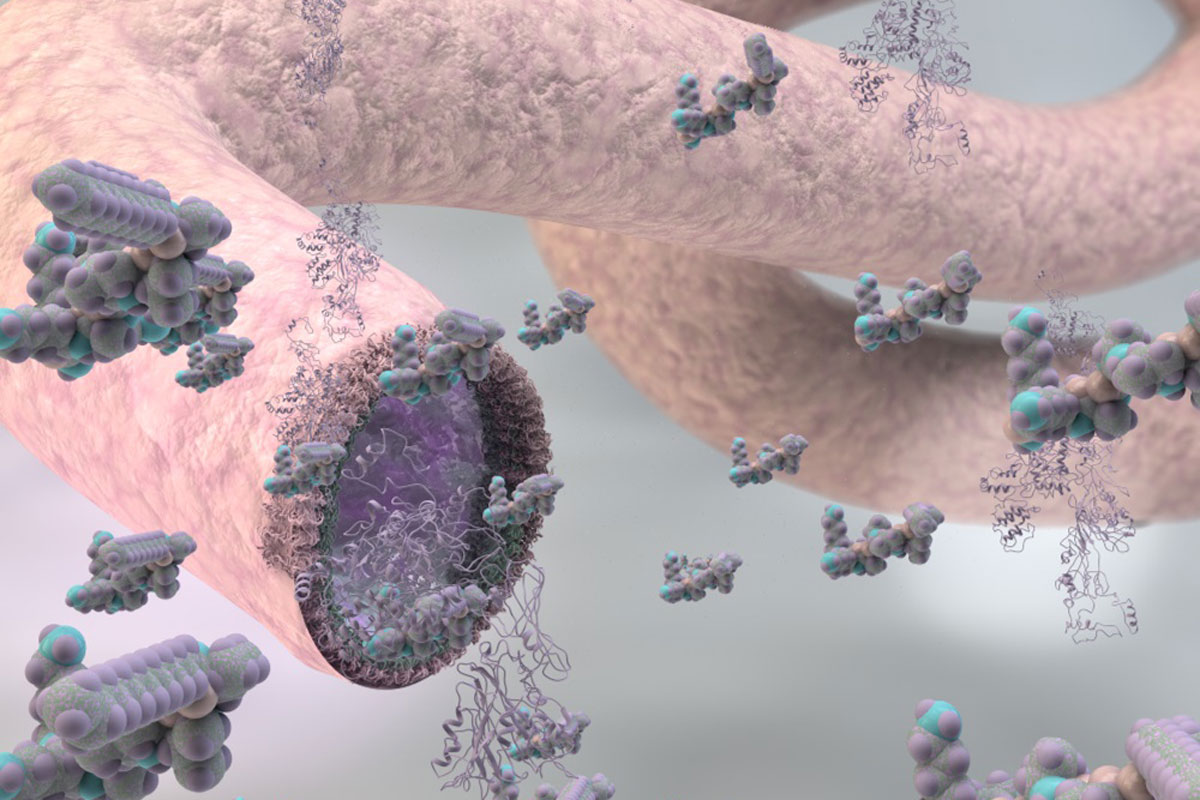
Most attempts at creating artificial veins don’t come close to replicating organic processes, but researchers at the Queen Mary University of London might change that. They’ve developed a technique that makes proteins and peptides self-assemble into tubular shapes that could stand in as arteries, veins and similar structures. There’s no 3D printing or moulds involved — you only need to guide the material as it builds itself. It can even grow and heal, so you’re not stuck if it needs improvements.
via Engadget





